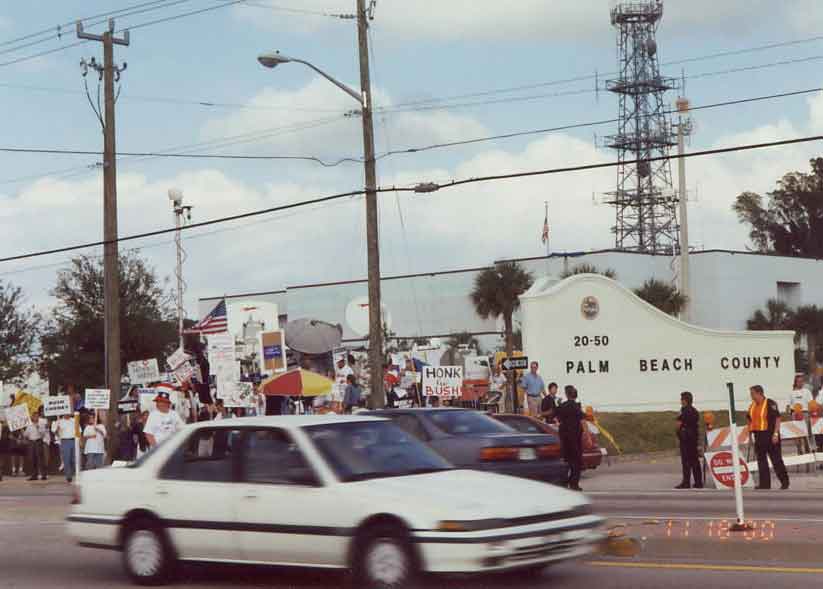Recount in federal Elections

by Marc Schulman
The concept of a recount and a contested elections are tied together. However, calling for a recount is not the same thing as necessary contesting the results of an election, and recounts occur more often than actually contested elections. Recounting the vote is however considered the best way to resolve most issues surrounding a contested election.
Contested elections and recounts are the exception in US history. Over the years approximately 500 contested elections for Congressman have occurred and a little over two dozen elections for senator have been contested. There are no statistics available on local elections, but often they fall under a different set of laws.
The first question that has to arise is under what authority may states even resolve federal elections. The constitution in Article I Section 5 states “ Each House shall be the judge of the elections, returns and qualifications of its own members.” This power includes the issue of recognizing electors sent by states-as we saw in the election of 1876. The election of 1876 had an immediate impact when the Electoral Count Act was passed in 1877 and it still in effect. It places the primary burden of deciding who the elector are on the states, however the Congress can overrule any delegate with a concurrent resolution of both houses of Congress. Thus Congress made it clear it left the primary responsibility to the States in selecting electors, but reserved the right to be the ultimate judge.
Overtime however the states have passed legislation that extended state law to review federal elections. Only three states (Alabama,Illinois and Kentucky) claim that they have no jurisdiction at all the rest have extended there laws to various degrees to cover federal elections. In the case of Roudebush v Hartke in 1972 the Supreme Court concluded that a state may conduct an investigation of the results of the Congressional election in the state without infringing the power of Congress. Where the rights of the states and the rights of Congress intersect remains a grey area, and that grey area effects not only Congressional elections but Senatorial and Presidential elections as well. We saw in 2000 how quickly the application of state recount procedures in Florida made its way all the way to Supreme Court. When the Supreme Court decided the case, specifically without attacking precedent to the case, thus providing no guidance going forward.
36 States have provisions for both a recount and a contest of an elections while another 12 have provision for one or the other in Federal elections. States vary as to who can request the recount. All allow for the losing candidate to request it, while many allow an electoral or even a tax payer to request it.
States also vary on the grounds for requesting a recount or contesting the results. Some of the grounds listed included misconduct, fraud, corruption bribery or the felony conviction of the incumbent. Most states also have the catch all phrase “any other reason which would the cause the results of the federal election to be invalid”. Some states have specific requirements on the margin of the candidates 1% or .5% for example. States also vary on the deadlines after the election is completed that a request must be filed. Most states require a bond or deposit to cover the cost of the recount, if the election result is changed as a result of the recount that bond or deposit is returned to the person requesting the recount.
State vary as to whether there is someone specific in charge of recounts or not. When a recount is called a number of matters are investigated. There will be simple recounts to see if the number were tabulated correctly, the voting machines will be checked for accuracy, were all the voters correctly identified before being allowed to vote, does the total number of voters equal the total number of ballots, were there more votes in a district than registered voters? The paper ballots themselves will be examined to make sure they properly recorded. Finally, in the case of computer voting, in the cases that print out of the ballots exists it will be compared with the electronic data transmitted to make sure that they match. In other cases the software itself will be examined to assure it operated correctly.
If discrepancies are found between the initially reported results and the results of the recount it is usually up to the local election official to revise their figures. It is then up to state officials to certify the new state totals for an election.
 >
>